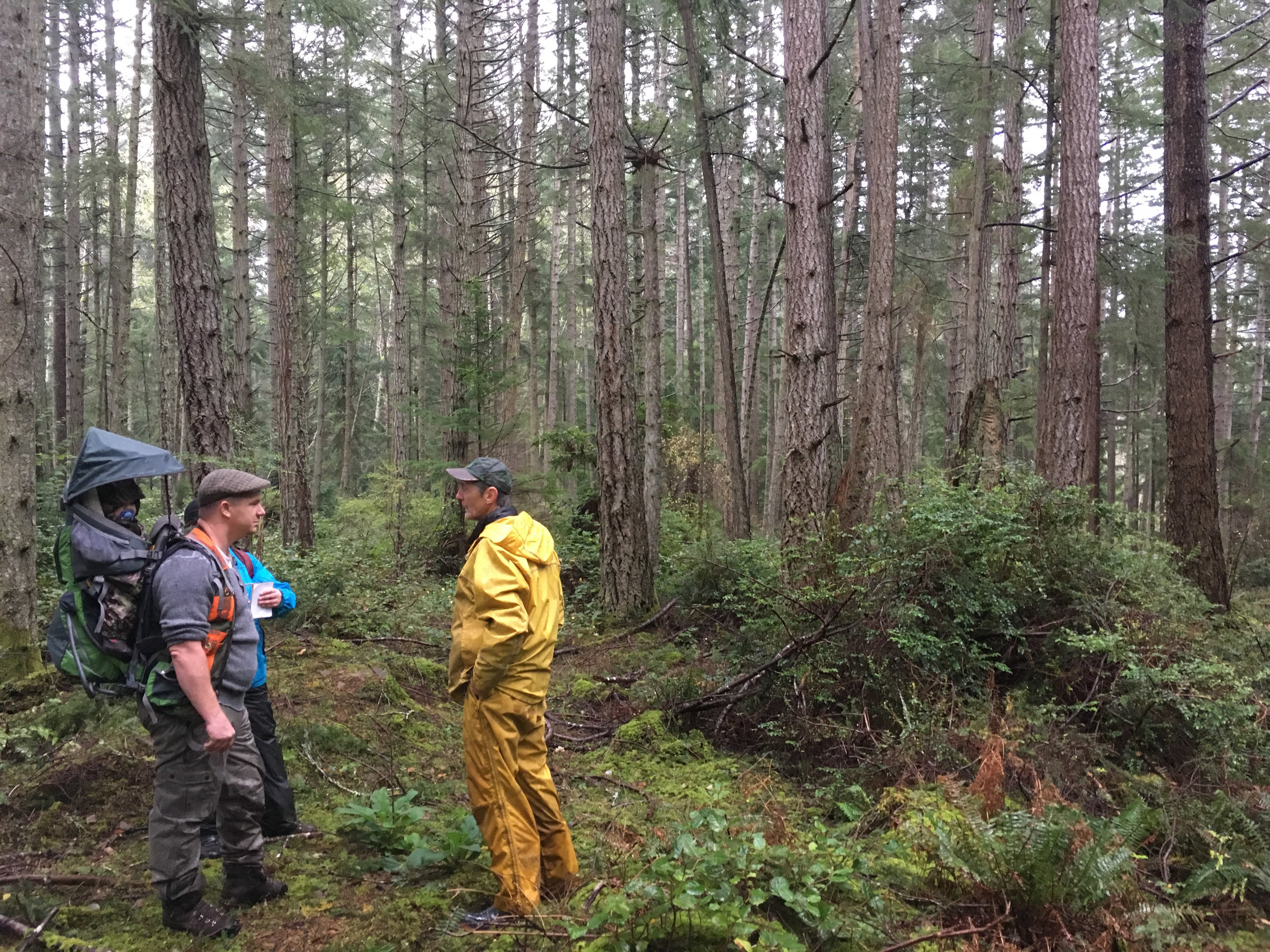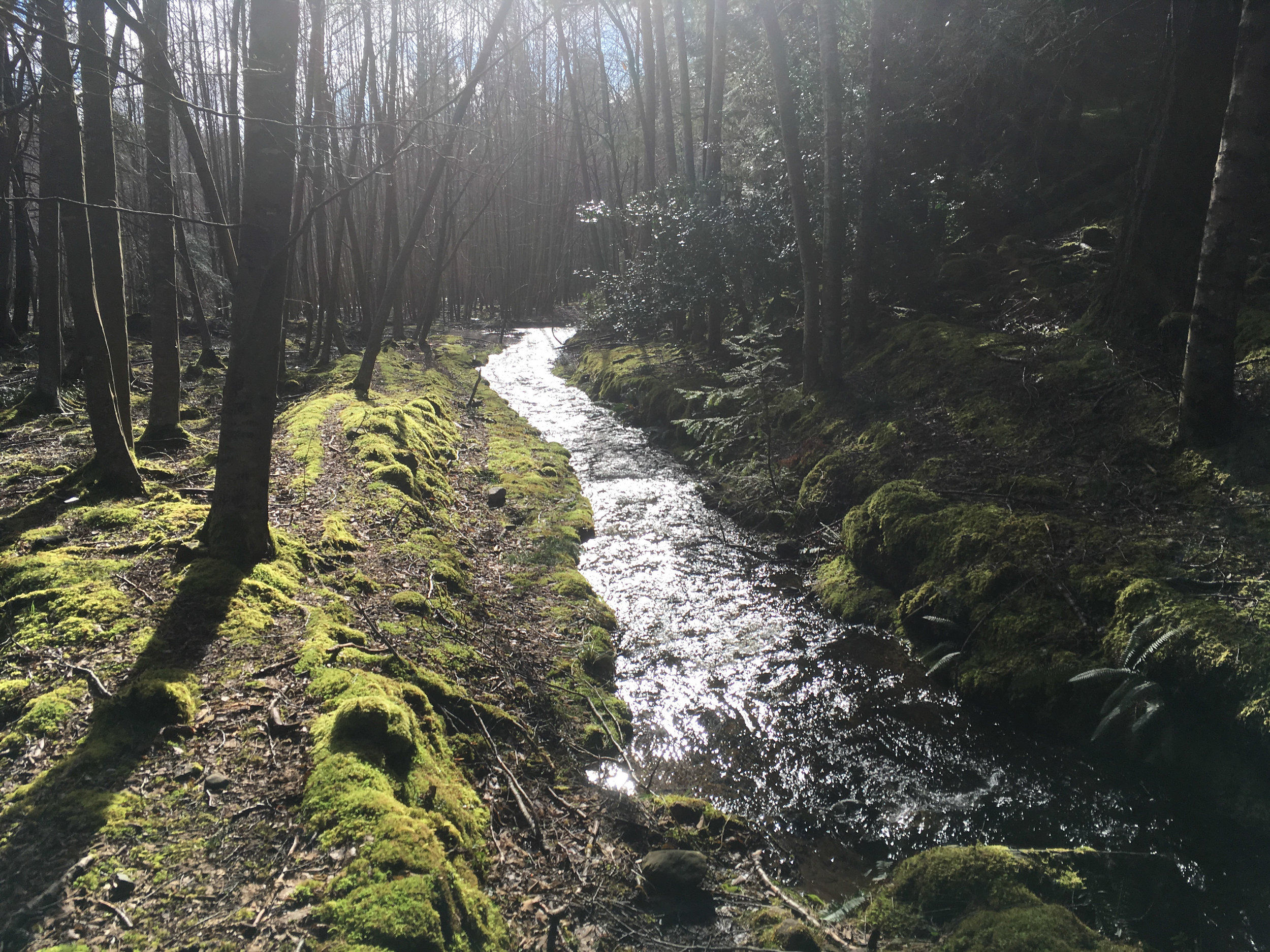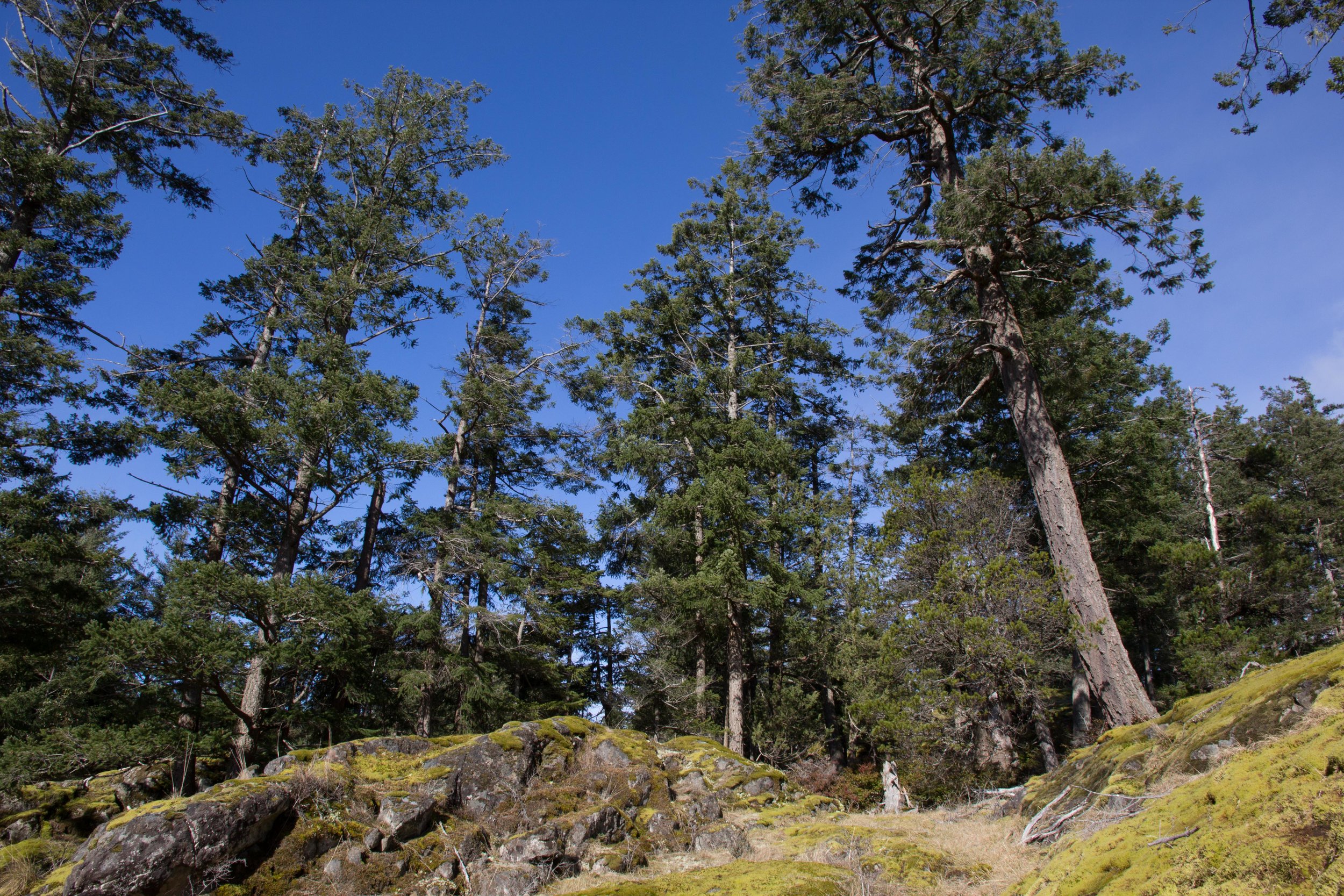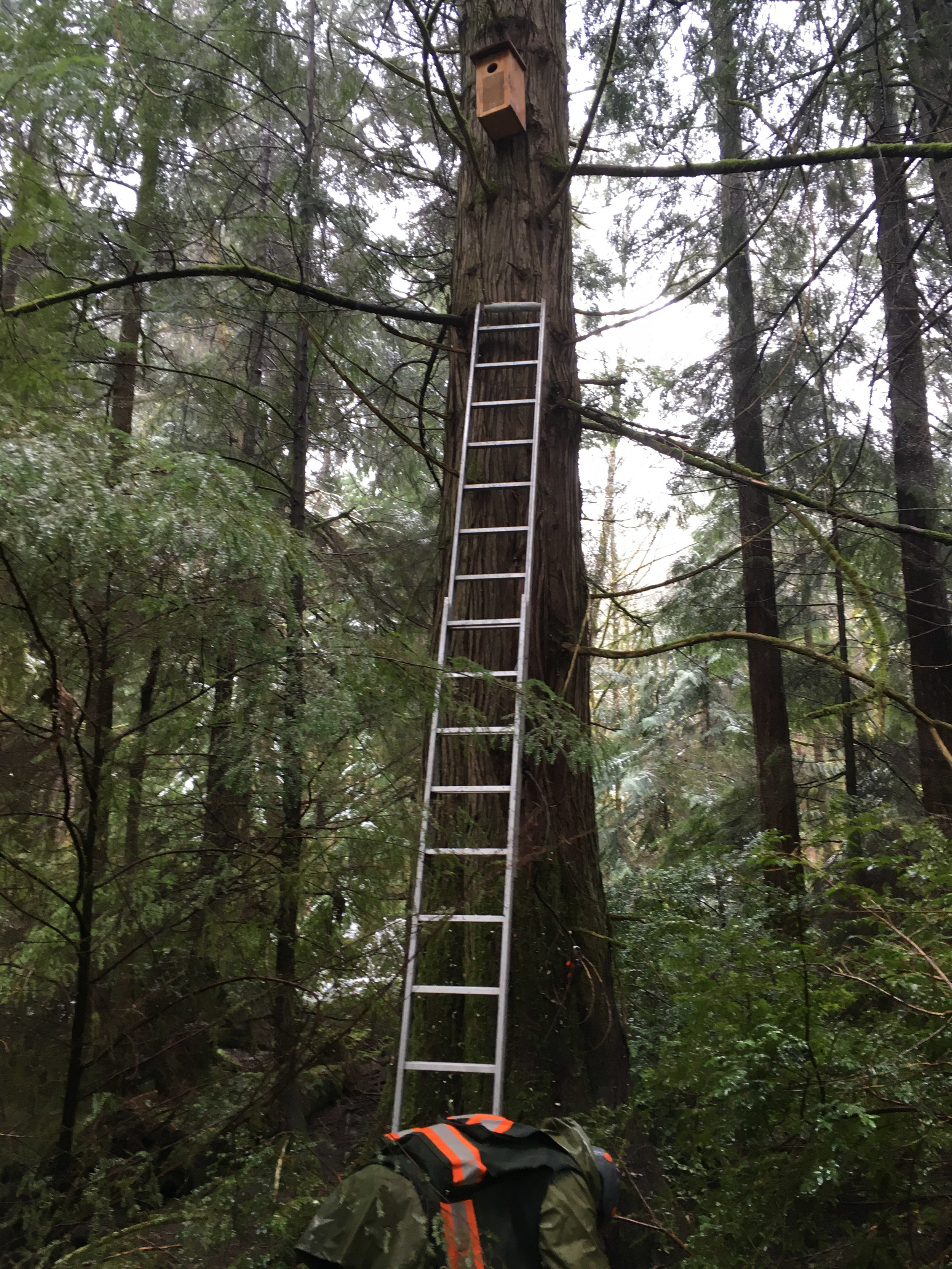COASTAL DOUGLAS-FIR ECOSYSTEM CONSERVATION
The Coastal Douglas-fir biogeoclimatic zone is the smallest and most at-risk zone in British Columbia (B.C.). This zone covers a large area of the Powell River Regional District. Only 9% of the forest has been protected and of all the forest zones in BC, the Coastal Douglas Fir has been the most altered by human activities. Because of deforestation and urbanization, fragmentation of the remaining forest has occurred. Very little inventory has been gathered, or protection is in place, for the species that call the forest home. A few of these residents are “species at risk,” meaning that for reasons such as habitat loss or disease, their numbers are dwindling and of concern.
Some of the species of concern are the Western Screech-Owl, Western Toad, Sharp-tailed Snake, Red-legged Frog, and the Little Brown Myotis. To help protect these species, and many others, our goals are to:
1. Identify and map species at risk populations and habitats
2. Formally protect priority habitats
3. Create management plans for protected habitats
4. Carry out ecosystem restoration
5. Engage and educate stakeholders in stewardship
This will enforce the protection of this important ecosystem, which houses many native plants and animals.
Our Coastal Douglas-fir (CDF) Ecosystem project has been developed with direction from the Coastal Douglas-fir Conservation Partnership (CDFCP) to maximize conservation efforts throughout the CDF in coastal BC. To see more of their work, please visit their website here.
In addition, CPCS has formed a strong partnership with Islands Trust Conservancy (ITC)and the Lasqueti Island Nature Conservancy (LINC) for works on Lasqueti to continue monitoring and offering habitat restoration and management recommendations for species at risk on ITC, private and crown lands.














